- Home
- /
- Stories
Stories
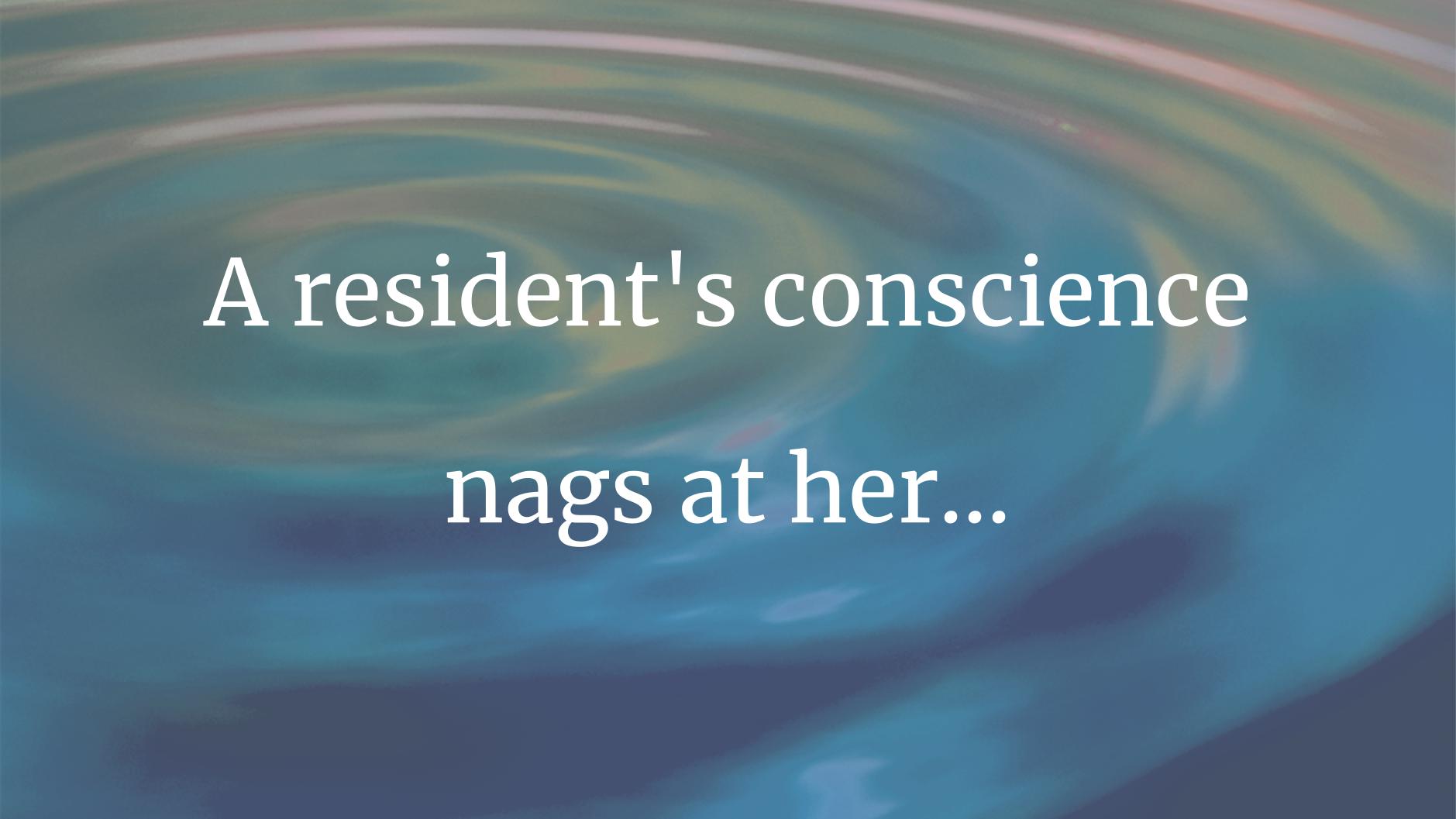
The Big Chill
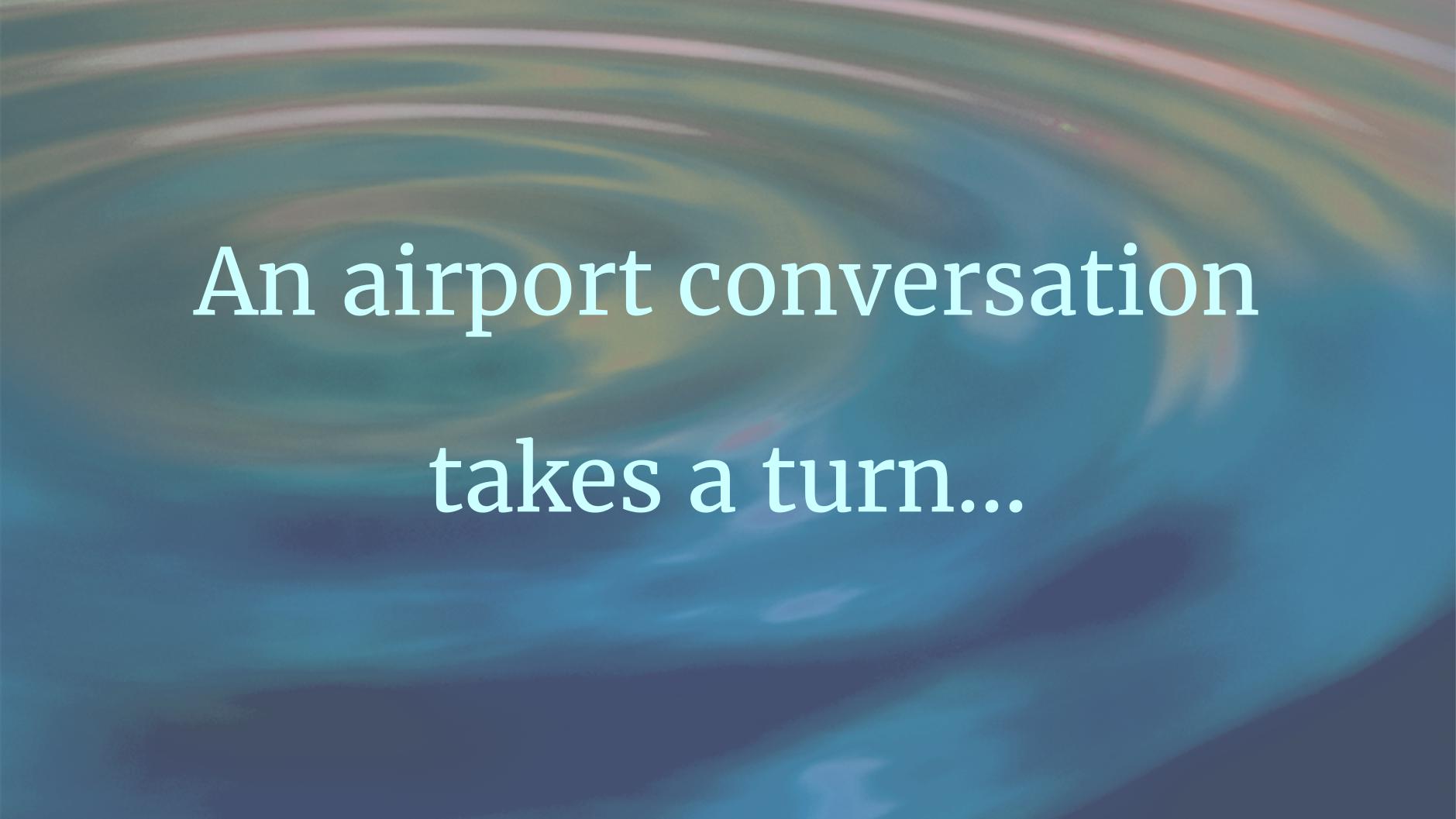
Casseroles and Conversations
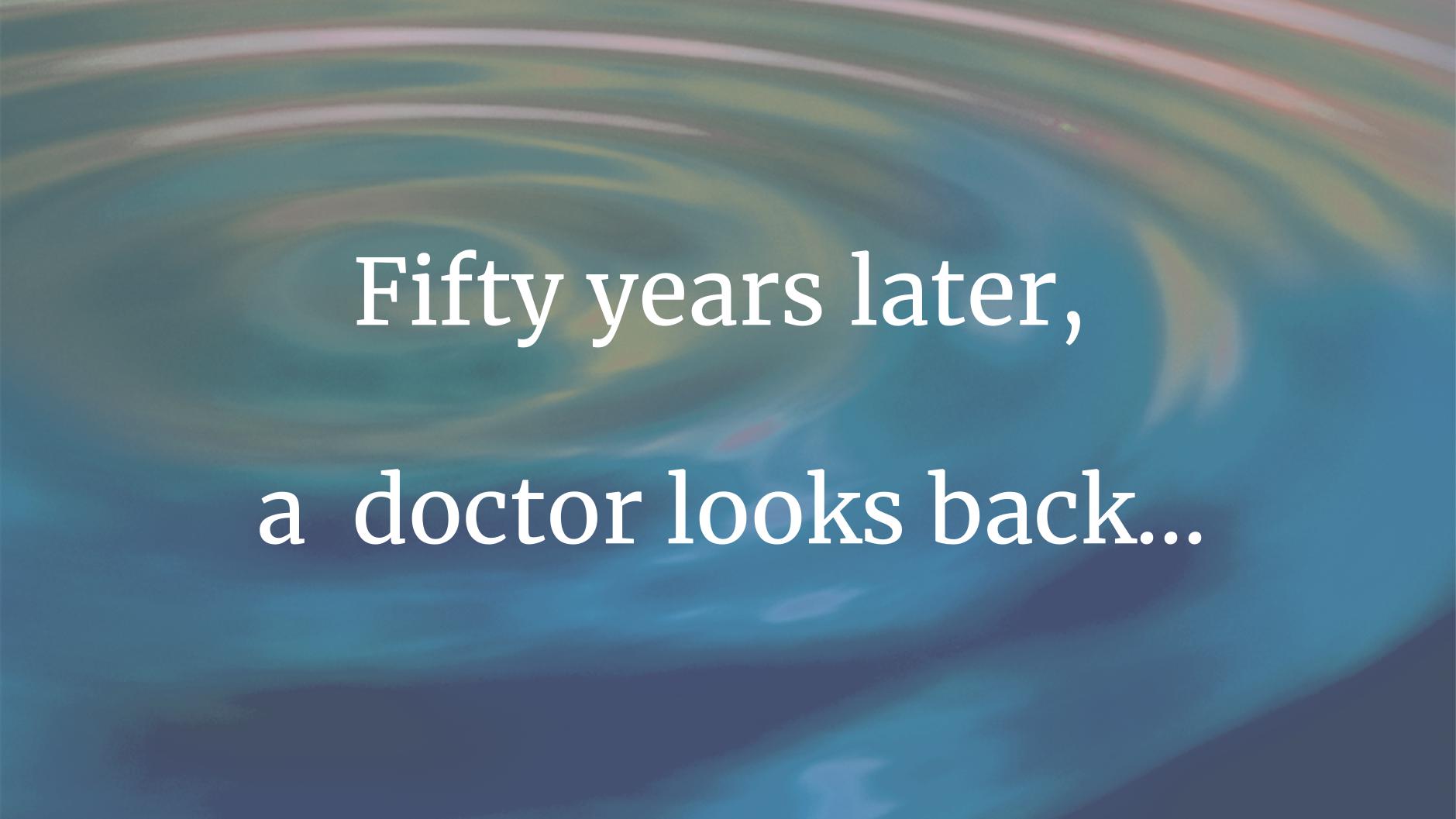
My Black Bag
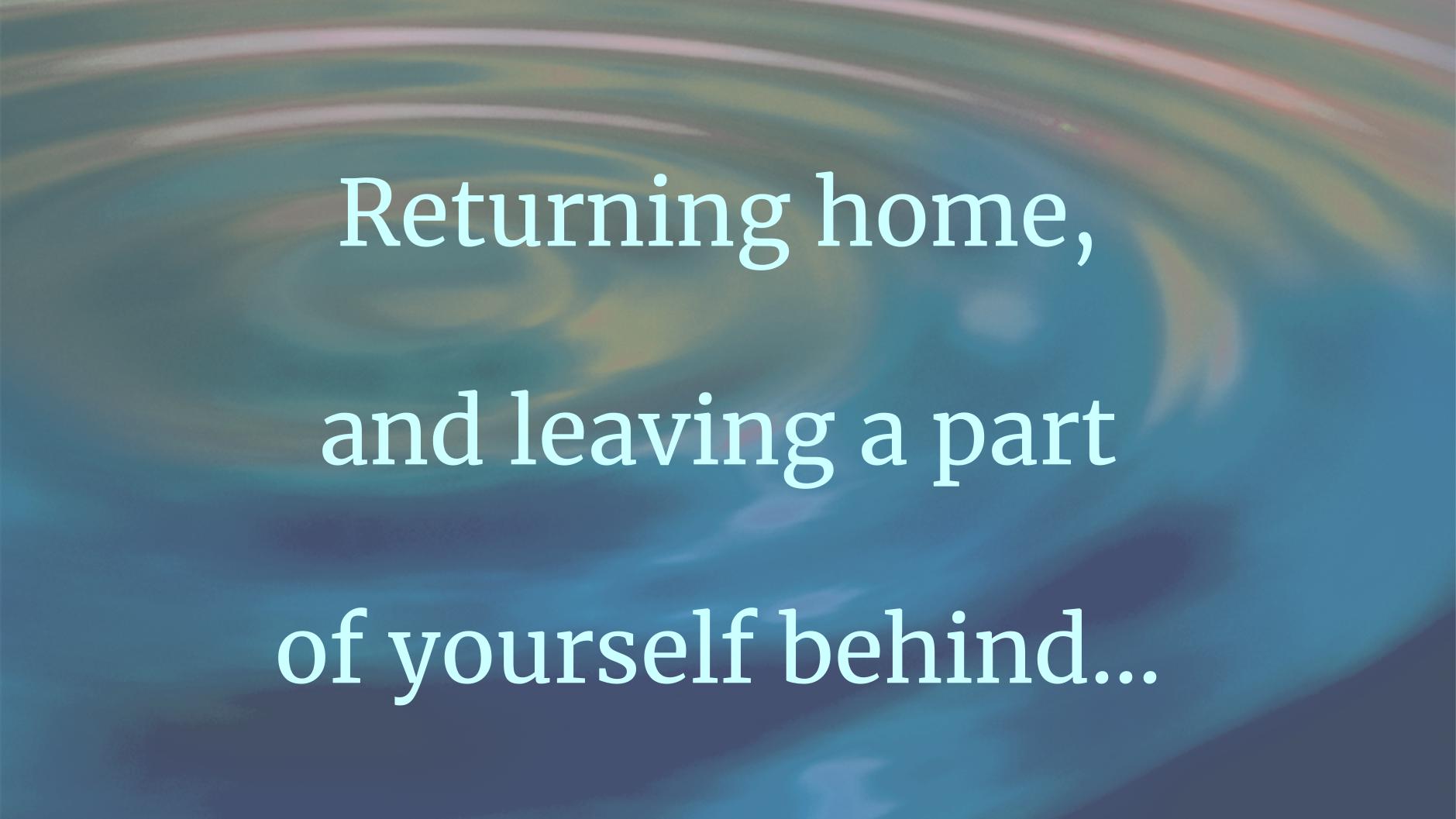
Finding the Words
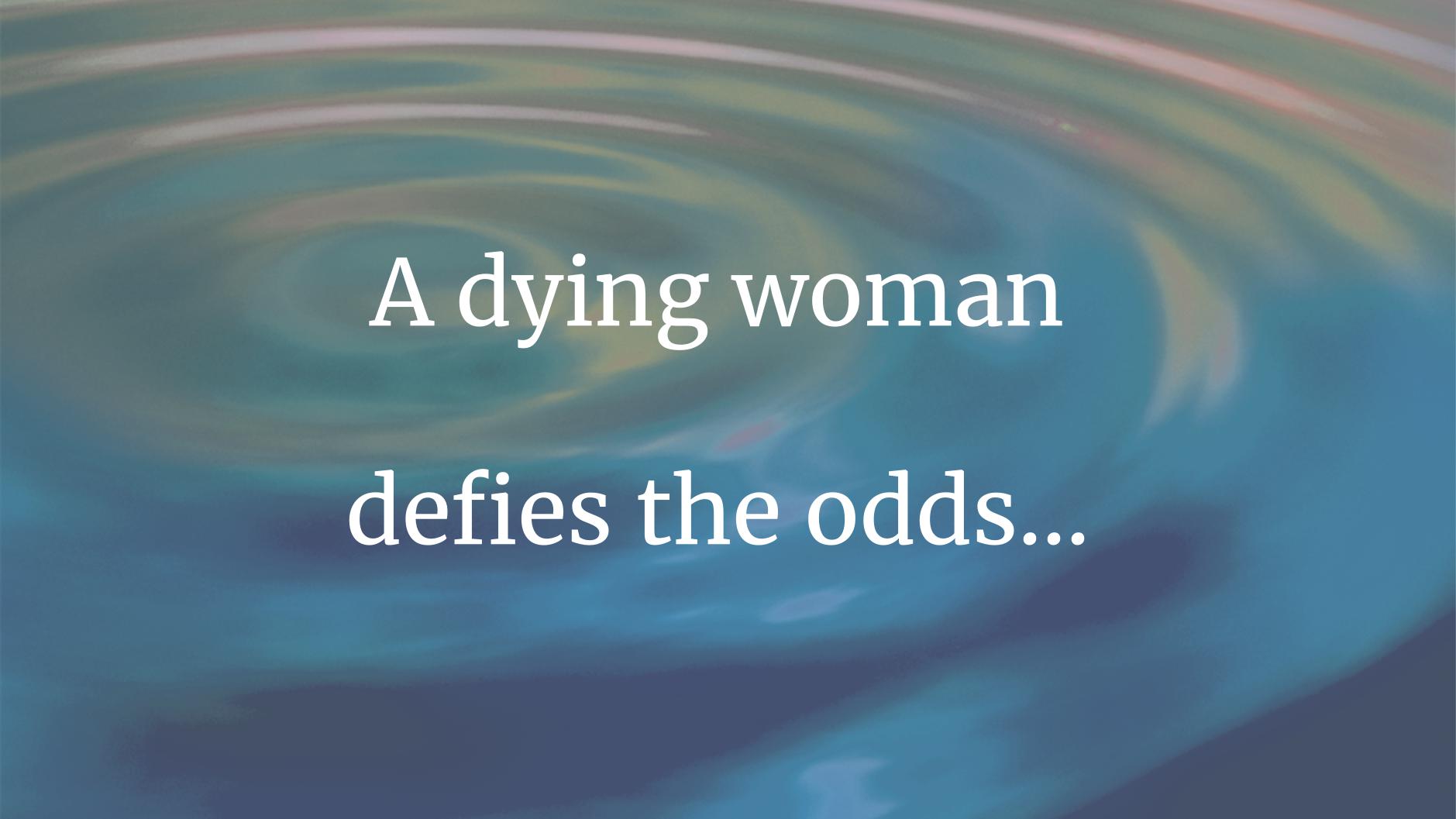
X Factor
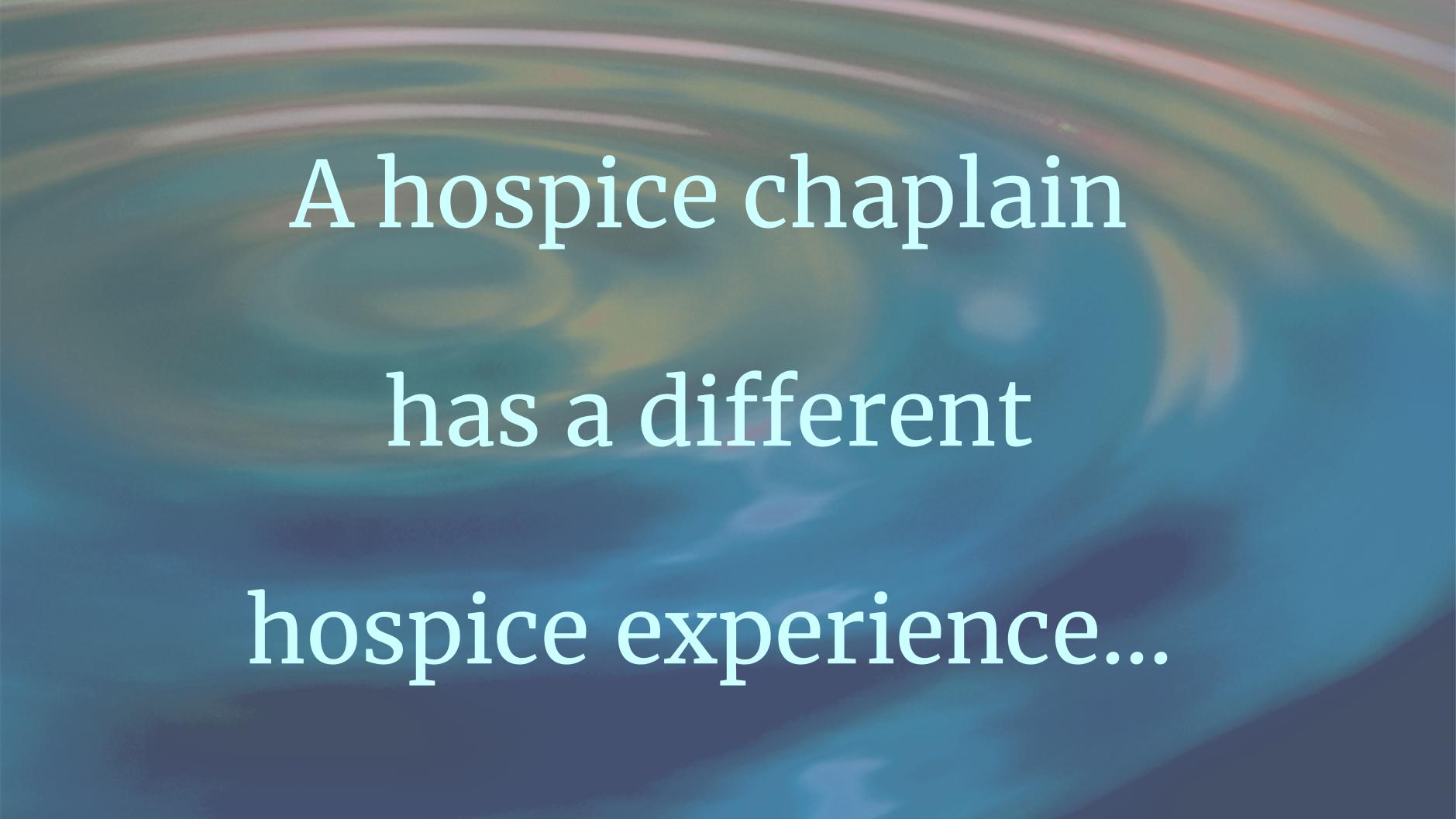
Prayers of Passage
The day began in Mom’s room with a 10:00 am conference at Upper Valley Medical Center, west of Columbus, Ohio. In attendance were my ninety-three-year-old mother Joanne (now in her third week of hospitalization), her palliative-care nurse Richard, her Episcopal priest Mother Nancy and myself.
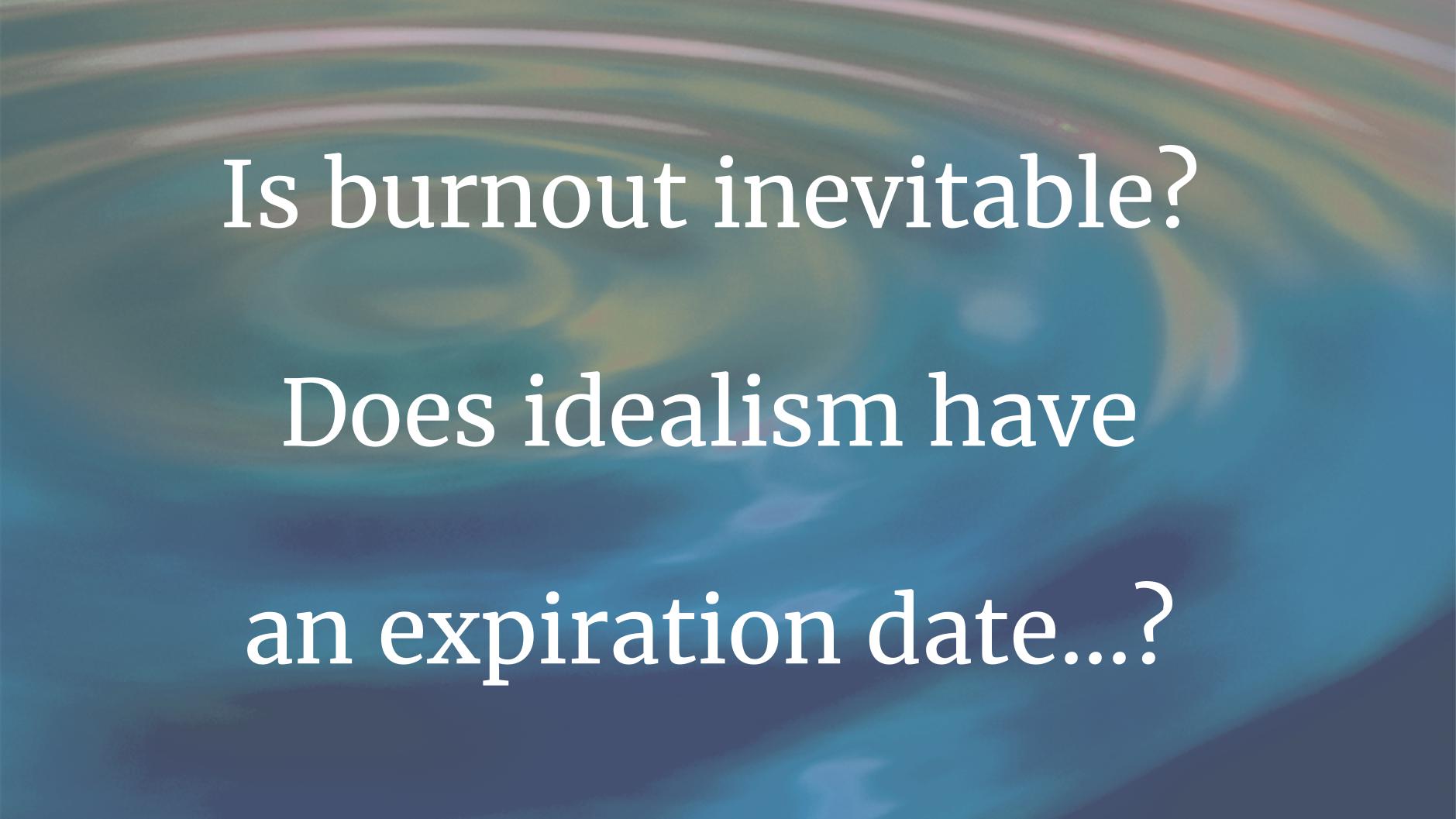
Keeping the Flame Alive
This month, at medical schools across the country, first-year students will officially don the physician’s traditional white coat for the first time.
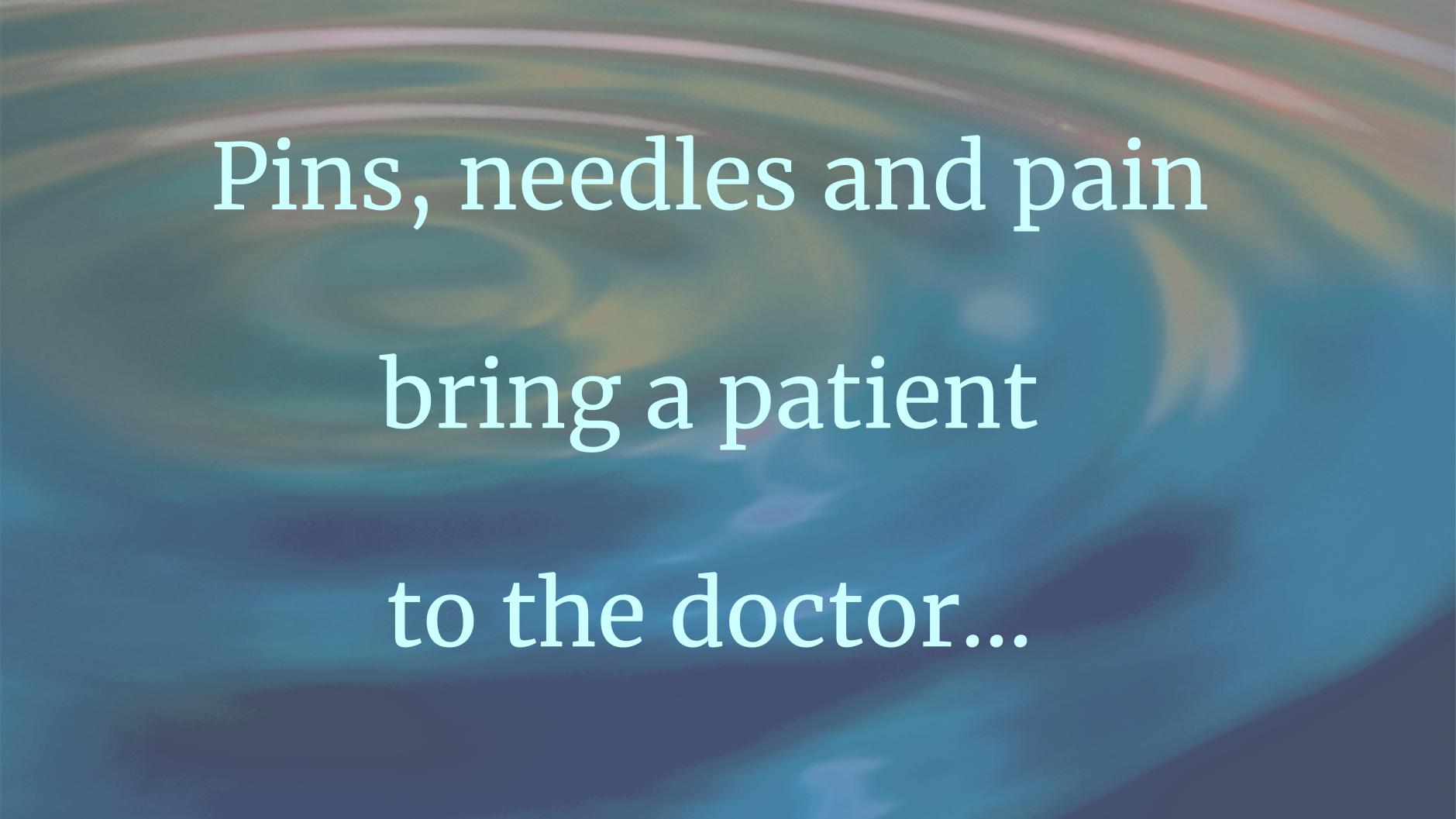
Shock Treatment
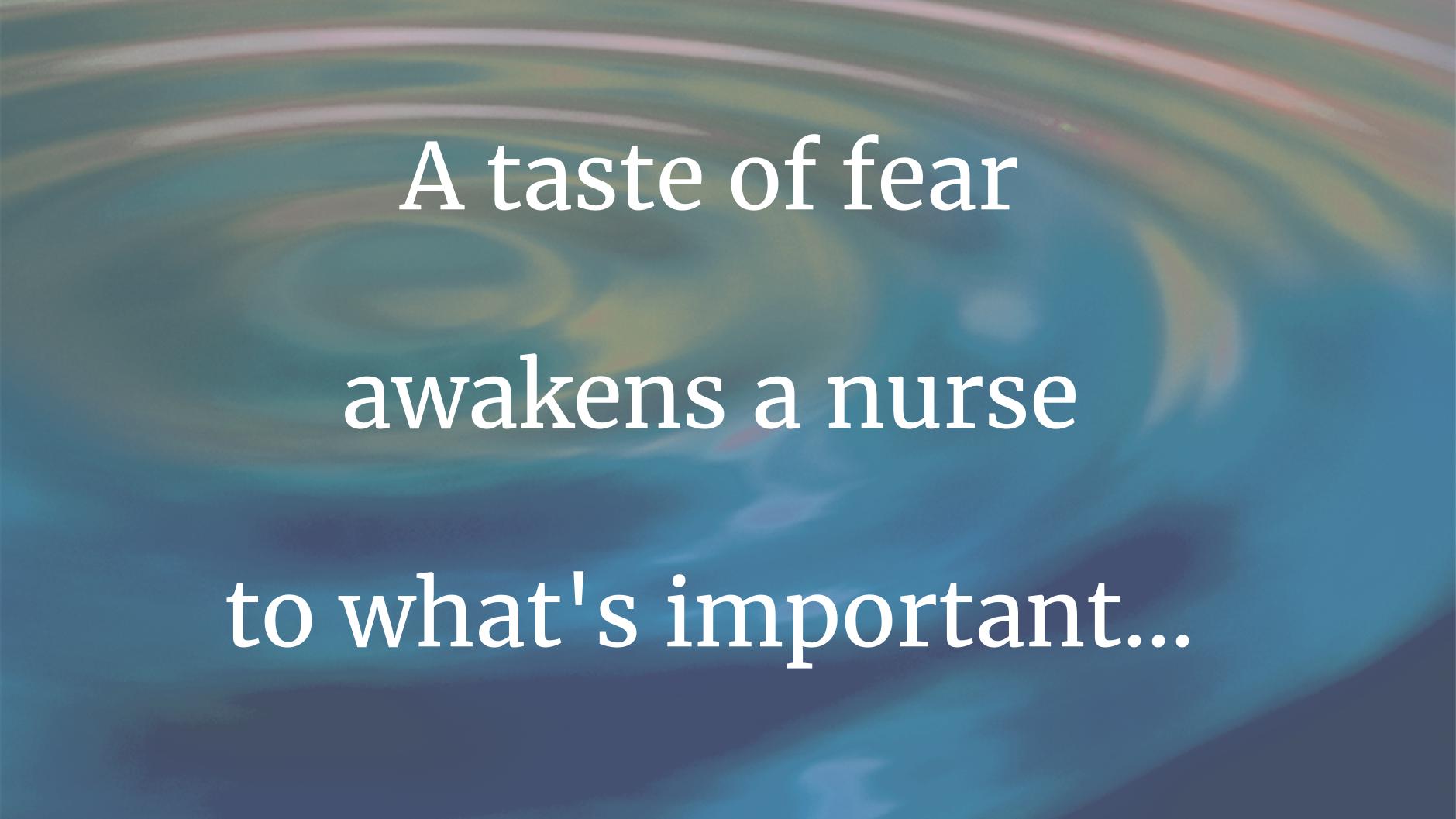
Shock of Recognition
Lying in a hospital bed while awaiting heart surgery, I looked at my teen daughter and my parents, then smugly pointed out the irregular slashes on the cardiac monitor.
“See these?” I said. “They’re called PVCs. My doctor is going to fix them. Make them all go away.”
The asymmetrical rhythm, a frequent and annoying pattern of multiple skipped heartbeats, had plagued me for the last three years, despite my swearing off caffeine and alcohol and trying different cardiac and thyroid medicines under my doctor’s supervision.
© 2024 Pulse - Voices from the Heart of Medicine, Inc. All rights reserved.
